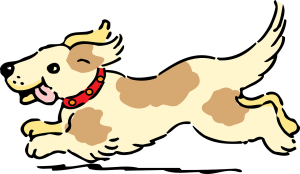
In the formative years of a child’s life, rhyming words and verses of a song or poem is what helps them to learn. They love the singing and the interaction. When they are engaged in the song, it enhances motor skills. Learning a rhyming tune or poem is easy for children, and it is something that remains in their long term memory. Bingo is one of the most common songs set to rhyme that is used in classrooms today. This song is taught in nursery school, pre-kindergarten and even in kindergarten. Once learned, it becomes a childhood favorite that is sung by many school children of all ages. The song was originally written and sung in Italian before it found it’s way to the United States. Now all over America, this rhyme is a staple for many pre-school children and kindergarten students as well. Parents have also gotten into the rhythm of this catchy tune and sing it at home with their toddlers. Having traveled through many countries, the tune is definitely a universal song. In any language, the meaning is still the same.
The children’s song was written around 1780. The original song was different from what is sung and practiced today. That version was about a farmer’s dog that leapt over a stile and it had many more verses. The title had three names at first, all suitable to the words. That version remained until 1894 when another variation of the lyrics was introduced. It was transcribed in a songbook, but without a name. The song was presented in the United States around 1840. Since then it has been the popular children’s variation that teachers love to sing with their students. It is the clapping and keeping time in children’s songs that are loved the most. The song was used in theaters and was recorded by several early artists. This children’s song is a folktale, meaning that it may or may not be true, but the message is passed down through many generations. The essence of the song is that the farmer had a dog that he loved. The title related to the farmer and his dog is in every version.
The song is sung with the first verse straight with the entire spelling of Bingo. In the second verse, you drop the “B” and clap to replace it. In the third verse, you drop the “B” and “I” and use two claps to replace them. The fourth verse follows the same pattern, dropping the “N” and using three claps. In the fifth verse, drop the “G” and add four claps. In the sixth verse, drop the “O” and clap five times. Repeat the set of clapping until the song is finished. Although it was first an original Italian folk tale, Bingo has been a lively standard in its most recent version. The history of this song dates back to the 18th century, and it is still an all time favorite, enjoyed by children of all ages.